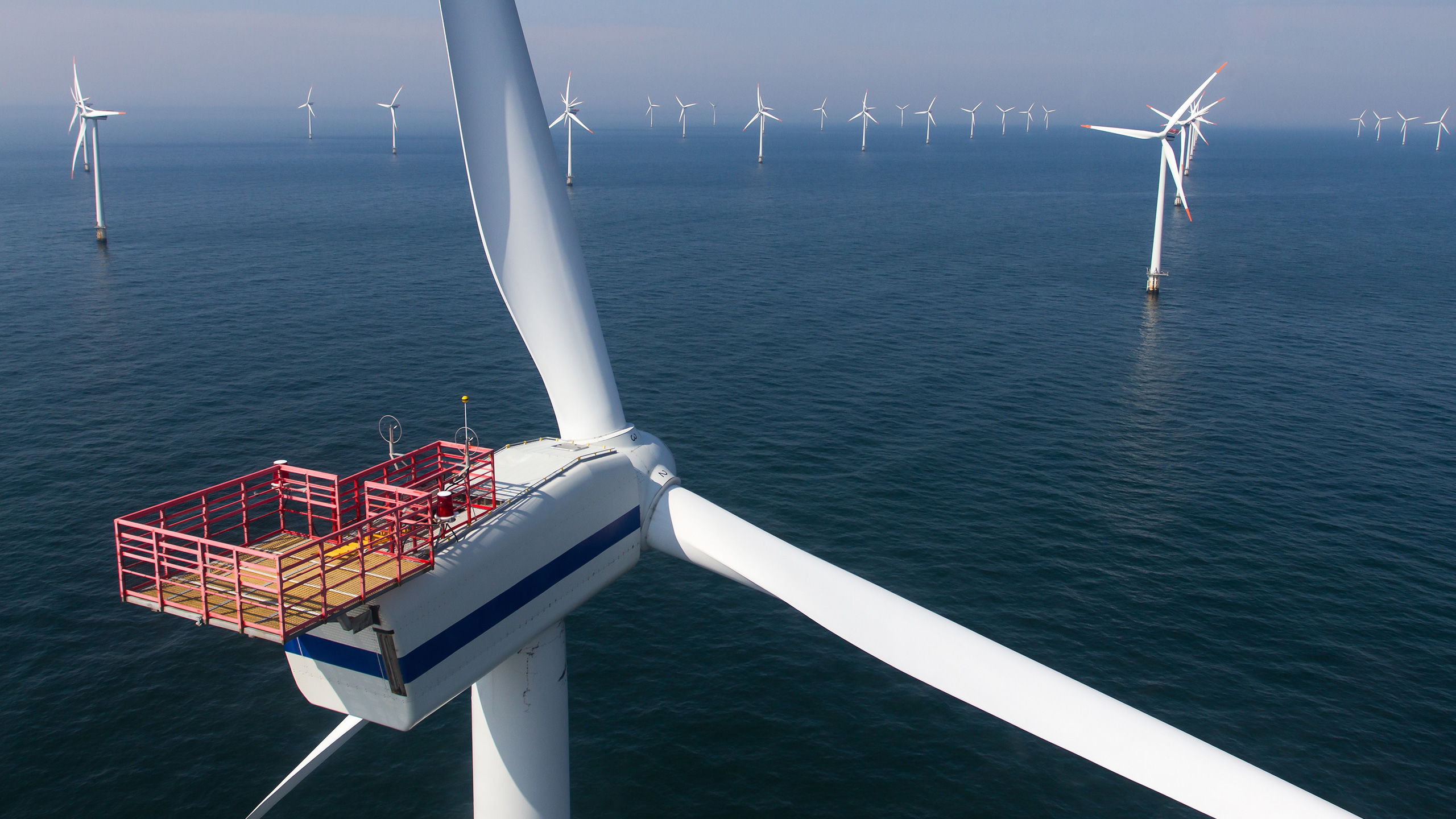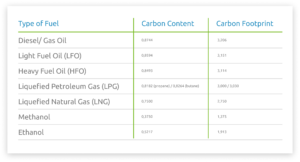
Carbon Markets
KPI OceanConnect has a holistic approach to supporting your low carbon objectives. Our highly experienced global team will deliver innovative solutions for your marine fuels requirement, calculate emissions and help you choose the right inset/ offset programme according to your needs, budget and strategy.
It is a cost and time efficient solution as KPI OceanConnect can be your one point of contact. We have got expertise in both the voluntary and mandatory legislative markets such as EU ETS.
Why using Carbon Markets?
The environmental consequences of CO2 emissions are evident in our world. Therefore, we all need to contribute for a better future.
Differentiate from competition and become greener, prior to other companies. Become one of the first that will make a Zero Emissions Journey for any kind of ship and advertise it.
EU and IMO are implementing regulations that are forcing the shipping industry reduce emissions.
Carbon Offsetting is the cheapest and fastest way to reduce emissions, without heavily investing in big structural changes (e.g. scrubbers, alternative fuel ships, electric energy).
Pressure from shareholders, financial institutions, etc. with increasing number of investors to focus on Environmental, Social and Governance indices (ESG).
Corporate strategy to reduce the overall carbon footprint, with many companies pledging carbon-neutrality by 2050.
EU ETS Vessel Scope
EU ETS initially covers cargo and passenger vessels sized 5000GT+ and is phased in during the first 3 years.
Shipping companies are already required to report emissions under the EU MRV regulation. This data is used to determine the allowances they need to surrender.
Note: †) To be discussed in 2026. ‡) to be decided in EU review before 2028
Would you like to know more about your current position on EU ETS legislation?
Fuel EU Maritime Reduction Targets
Requirement to the yearly average well-to-wake GHG intensity of energy used on-board:
• All ships above 5000 GT transporting passengers or cargo.
• 50% of energy use into or out of EEA, 100% of energy use between and within EEA ports.
• Compliance can be banked and pooled.
• Mandatory 2% RFNBO* use from 2034. “Equivalent fuels with a similar or higher decarbonization potential” can be accepted.
*RFNBO: Renewable liquid and gaseous fuels of non-biological origin.
MRV & EU ETS compliance cycle
Who is responsible for surrendering EUAs and comply with EU ETS:
• Legislation until last week: The company that has operational duties and responsibilities for the ship, imposed by the ISM Code, an IMO standard for the safe operation of ships and pollution prevention
• This is referred to as the Document of Compliance (DoC) holder and is the same company that is currently responsible for reporting emission through EU MRV
• Often this will be the Technical Manager, but it can also be the Owner: New legislation requires Managers to provide evidence (signed by both parties) that Owner has mandated Manager to be responsible, otherwise responsibility defaults to Owner.
EU ETS Contractual implications
DoC holders must report and surrender EUAs to EU authorities. But they’re often not responsible for fuel choice, vessel route or speed: “Polluter pays principle” allows them to pass compliance costs on to entities directly responsible for emissions.
This needs to be addressed through contracts between value chain parties. BIMCO has a suggested clause for EUA settlement between Ship Owners & Charterers (for TC) and will develop more clauses (for VC) to create more legal certainty, but all parties need to familiarise themselves with this and address how ETS settlement will work.
Why KPI OceanConnect
Would you like to know more about your current position on EU ETS legislation?
Voluntary Carbon Markets
An increasing number of companies have purchased carbon credits on a voluntary basis to offset the carbon footprint of their operations, when it’s not possible to reduce or avoid Green House Gases (GHG) emission directly.
With the ESG agenda growing and the shareholders pressure there is an increase in purchases in voluntary market carbon offsets, which are also less expensive than the mandatory ones.
Did you know: the voluntary carbon offsets cannot be used in the EU ETS.
Examples of available projects
Wind
Harnessing clean wind energy to power sustainable development.
Water
Renewable electricity and improved wellbeing for communities.
Forest
Saving forests, protecting wildfire, and changing lives.
Biodiversity
Shifting renewable biomass.
Product Benefits:
To the environment and to humanity (e.g. Clean renewable energy, New jobs created, education, infrastructure, clinics, reforestation etc.)
All carbon credits are verified by independent, global and market leading organizations.


Speak to our experts
Our people think differently. We are an independent, privately owned, company with team members drawn from a wide variety of maritime backgrounds. We are passionate about finding new ways to help you run a cleaner and more efficient fleet, telling it straight and being transparent and inclusive.